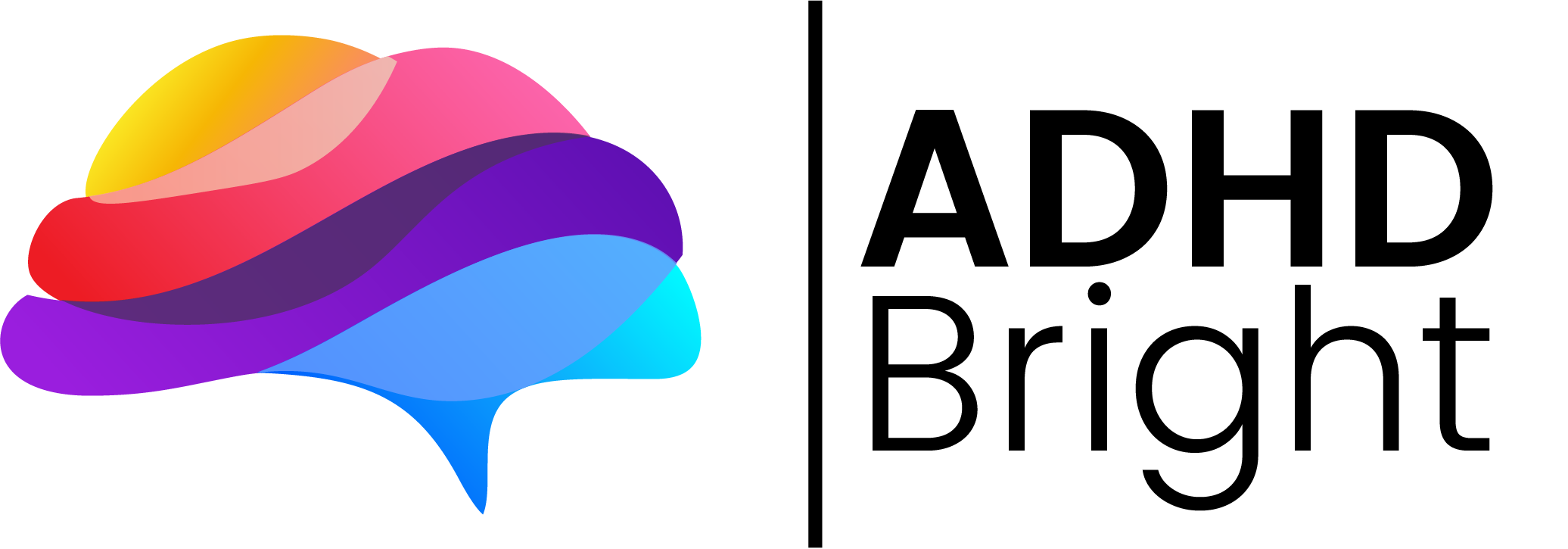Focusing with ADHD can feel like trying to tune into one radio station while a dozen others play in the background. You want to focus but your brain has other plans. The good news? Understanding how your ADHD brain works gives you the power to work with it, not against it.
In this guide, we’ll explore what makes attention difficult for people with ADHD and share neuroscience-backed strategies to stay focused, manage distractions, and build sustainable routines that make life feel calmer and more productive.
Understanding How ADHD Affects Focus
Attention Deficit Hyperactivity Disorder (ADHD) isn’t about laziness or lack of willpower, it’s about brain chemistry. The ADHD brain processes dopamine differently, which affects motivation, sustained attention, and the ability to complete tasks consistently.
This is why you can hyperfocus on exciting activities but struggle to start a simple to do list. The issue isn’t attention itself, it’s regulating attention.
Research shows that both adult ADHD and attention deficit disorder are associated with underactivity in areas of the brain that control executive functioning, like planning and impulse control. These differences make it harder to manage time, filter out unnecessary distractions, and maintain focus on less stimulating tasks.
When your brain craves dopamine and novelty, ordinary activities like filing papers or finishing a project can feel impossible. But with the right tools and structure, you can train your brain to stay on track.
Why Staying Focused Feels So Hard
For many adults, ADHD symptoms show up in everyday challenges like:
• Losing track of time or tasks
• Feeling overwhelmed by big projects
• Missing deadlines
• Getting distracted by small, unrelated thoughts
This happens because the ADHD brain struggles to prioritize what’s important in the moment. Even if you want to focus, your attention span jumps from one thought to another before you realize it.
The key is to make focus rewarding. When your brain receives immediate dopamine feedback like checking off small wins, it becomes easier to maintain attention and motivation over time.
How to Focus with ADHD
Break Tasks Into Manageable Steps
Large tasks trigger stress and avoidance in ADHD. The trick is to break large tasks into smaller, manageable steps. Each small win boosts dopamine levels, helping you build momentum.
Try this method:
- Do a quick thought dump to list every single step or idea cluttering your mind.
- Identify just one task to start with.
- Use a short timer (10–20 minutes) to create a “Focus Zone.”
Reducing overwhelm improves your ability to focus, think clearly, and follow through on important tasks. For a deeper dive into getting clarity fast, check out our guide on Task Overwhelm and ADHD.

Create an Ideal Environment for Focus
The ideal environment for ADHD focus is calm, clear, and free from unnecessary distractions.
A few helpful tools and strategies include:
• Noise-canceling headphones or brown noise playlists
• Decluttering your workspace to minimize visual overload
• Keeping only one project or one subject visible at a time
• Using fidget toys for mild stimulation that keeps your body calm and your attention levels steady
And one often-overlooked secret: make your workspace cozy. Feeling happy and comfortable in your environment transforms your productivity. Add lighting you love, a warm drink nearby, or a scent that makes you feel grounded. When your space feels good, your brain finds it easier to stay focused and calm.
A qualitative study on ADHD productivity found that physical environments with lower clutter and fewer stimuli can significantly improve sustained attention. For many adults with ADHD, changing the space can change the entire focus experience.
Use Dopamine to Your Advantage
Since dopamine drives focus and motivation, the secret to improving focus lies in making your brain want to engage.
Here’s how to provide motivation for your ADHD brain:
• Add micro-rewards like checking off boxes or progress bars
• Mix in physical activity between work sessions
• Avoid sugar spikes that lead to energy crashes
• Alternate between tasks that are stimulating and calm
These tiny dopamine boosts help maintain focus and prevent burnout. The ADHD Bright planner was actually built around this neuroscience, every checkmark gives you that rewarding hit your brain craves.
Externalize Memory with Organizational Tools
One of the most effective compensation strategies for ADHD is externalizing memory. Don’t rely on your brain to remember everything, it’s already juggling too much.
Use organizational tools to act as your “Second Brain.” Write everything down: reminders, routines, goals, even emotions. This offloads the cognitive load so your mind can focus on action instead of storage.
ADHD Bright was designed with this principle in mind, it combines your to do list, goals, notes, and routines into one place, making it easy to follow instructions and see what’s next without feeling overwhelmed.
Timebox Your Focus
When it comes to focus, everyone with ADHD is different. The key is to keep exploring until you find what truly works for your brain.
Some people find success with the Pomodoro technique, where you set a timer for 25 minutes of focused work followed by a 5-minute break. It’s great for training sustained attention and giving your brain predictable rest periods.
Others prefer the five-minute rule — simply setting a timer and starting. Even telling yourself “I’ll just do this for five minutes” can trick your brain past resistance and into motivation. Often, once you begin, momentum carries you forward.
You can also try timeboxing, which Harvard researchers have called one of the most effective time management methods. You start by writing your to do list, then estimate how long each task will take. Once you begin, track whether you finished within that time. This simple feedback loop helps you complete tasks, improve executive functioning, and get a more accurate sense of time — something the ADHD brain naturally struggles with.
ADHD Bright implements timeboxing beautifully inside its Focus Zone, where you visually assign time to each task and watch progress unfold in real time. It helps you commit to your work sessions, set deadlines that feel realistic, and build trust with your own timing. You’ll start to notice fewer missed deadlines, less pressure, and more control over your day.
Build Focus Habits Through Routine
Consistency may not come naturally to ADHDers, but routines make focus automatic. They shift effort from willpower to habit, which conserves mental energy.
Start small:
• Keep your wake-up and sleep schedule consistent
• Prep your workspace the night before
• Use gentle checklists to reduce decision fatigue
Over time, these patterns strengthen neural pathways that support executive functioning and impulse control, reducing anxiety and stress throughout your daily life.
Manage ADHD Stress to Stay Clear-Headed
Managing stress is essential for managing ADHD because high stress floods the brain with cortisol, which disrupts attention and working memory.
When you feel overwhelmed, try:
• Short walks or physical activity
• Mindful journaling
• Deep breathing or quick resets
• Using organizational tools like ADHD Bright to offload chaos
Support Your Brain and Body
Focus is biological. To function at your best, take care of your brain chemistry and overall health.
• Get enough sleep
• Avoid sugar and maintain steady blood sugar
• Eat protein early in the day to balance dopamine levels
• Stay hydrated and move regularly
These simple habits can drastically improve focus and reduce ADHD symptoms, especially when combined with professional help such as therapy, coaching, or medication to treat ADHD safely.
Focusing with ADHD Is a Skill, Not a Trait
Learning how to focus with ADHD isn’t about changing who you are, it’s about understanding how your brain works and using tools that make it easier to thrive.
Your focus doesn’t have to be perfect. You just need a system that helps you create clarity, minimize distractions, and keep you moving toward progress even when life feels chaotic.
If you’re ready to turn insight into action, ADHD Bright can help you channel your attention, build routines that stick, and stay organized without the pressure.
Because the truth is: your ADHD brain isn’t broken, it’s brilliant. It just needs the right kind of support.




